
Rio Paine and Torres Del Paine
Nestled in the heart of Patagonia, the Torres Del Paine National Park stands as a testament to the breathtaking beauty of the natural world and the preservation efforts that have shaped its history. This iconic park, situated in southern Chile, has evolved from a remote and undiscovered wilderness to a globally recognized destination for adventurers and nature enthusiasts alike. Its history is a tale of exploration, conservation, and the delicate balance between human interaction and ecological preservation.
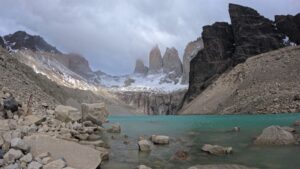
Torres Del Paine
The history of Torres Del Paine National Park can be traced back to the indigenous Aonikenk and Kawésqar peoples, who inhabited these lands for thousands of years. These indigenous groups relied on the land’s resources for sustenance and spiritual connection, leaving behind traces of their presence in the form of rock art and ceremonial sites. However, it wasn’t until the 19th century that European explorers began to venture into this remote corner of the world.
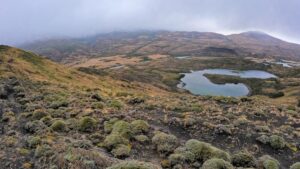
Rio Paine
The park’s name, “Torres Del Paine,” is derived from the three distinctive granite peaks that dominate its skyline – the Torres, or towers, which reach towards the heavens. The region remained relatively untouched until the late 19th and early 20th centuries when European settlers and explorers began to document its unique landscapes. However, it wasn’t until 1959 that the area was officially declared a national park by the Chilean government, a crucial step in protecting its fragile ecosystems.
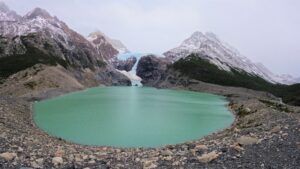
Los Perros Lake
The creation of Torres Del Paine National Park marked a turning point in the history of the region. Efforts to promote conservation and sustainable tourism gained momentum, and the park was designated a UNESCO Biosphere Reserve in 1978. This designation highlighted the park’s role in preserving biodiversity while also allowing for controlled human interaction.
Throughout the latter half of the 20th century, Torres Del Paine National Park gained international recognition as a premier destination for hikers, climbers, and nature enthusiasts. Its rugged terrain, pristine lakes, and diverse wildlife drew visitors from around the globe, leading to both economic opportunities and environmental challenges. Balancing the influx of tourists with the park’s conservation objectives became a crucial concern.
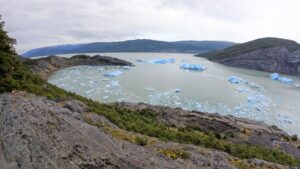
Lago Grey below Grey Glacier
As the park’s popularity grew, so did the need for responsible tourism management. The delicate ecosystems were vulnerable to damage from unregulated visitor activities. Efforts were made to implement sustainable tourism practices, including designated trails, controlled camping areas, and education campaigns to raise awareness about preserving the park’s natural beauty.
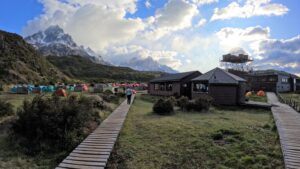
Camp Paine on Lago Grey
Despite these challenges, the history of Torres Del Paine National Park is one of resilience and cooperation. Conservation organizations, local communities, and government agencies worked together to find ways to protect the park’s unique landscapes while still allowing people to experience its wonder. Collaborative initiatives focused on ecological research, habitat restoration, and community involvement have played a pivotal role in ensuring the park’s continued existence.